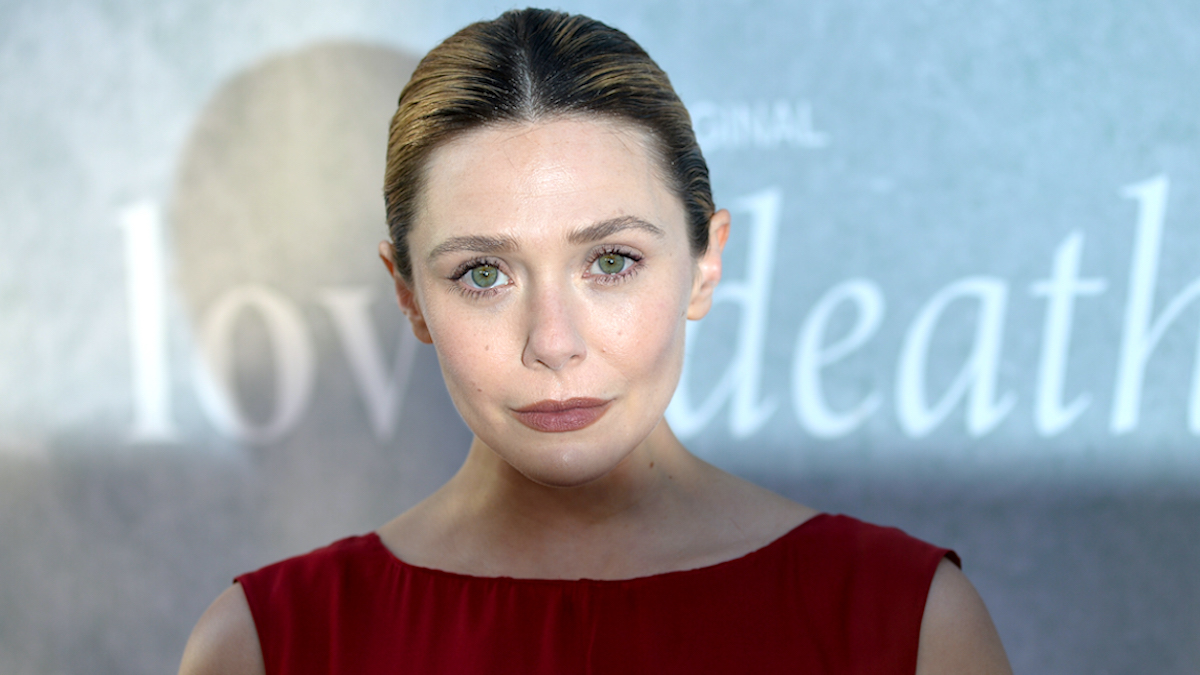Marvel fans are notoriously critical, but they are not critical for any old reason. Okay, maybe we are, but that doesn’t mean our standards for storytelling are outrageously unreasonable. It’s not overly critical to say Wanda Maximoff’s storyline in Doctor Strange in the Multiverse of Madness undermined the character’s story arc in WandaVision. Gaslight all you want, but it’s just not. And thankfully, we now have Elizabeth Olsen to back us up.
While sitting down with Vanity Fair to cringe over some of her most popular performances, Olsen was shown a clip from both Multiverse of Madness and WandaVision where she confirms exactly what MCU fans all around the world have been moaning and groaning about for the past year. And her comments, it just so happens, highlight the glaring communication gaps going on inside Marvel that could very well be the cause of the studio’s downward trajectory.
“It’s a similar arc in Multiverse of Madness that it is in WandaVision. There could be parallel stories being told there of dealing with grief and loss.
That’s what we call a politically correct, I-don’t-want-to-lose-my-job way of saying Multiverse of Madness and WandaVision tell exactly the same story. Olsen is kind enough to call it “parallel stories,” but they are not that parallel at all. They are replicas. The only difference is in one she’s corrupted by the Darkhold (aka The Book of the Damned) and in the other she is not.
Don’t believe me? Just listen to what else Olsen had to say after she got her hands on the Multiverse of Madness script.
“Well, I proposed that to the writers who wrote Multiverse of Madness. I said ‘Do you know what we’re doing in WandaVision? Have you seen it?’ And no they had not seen it ‘casue it wasn’t finished yet.”
Because it wasn’t… finished yet. You mean to tell me that same the studio headlining the same actress who is playing the same character in two separate projects is not talking amongst itself to ensure her storyline is — I don’t know — cohesive? …Got it. Cool.
Ever the consummate professional, Olsen tried her damnedest (see what I did there?) to remedy this so-called “parallel story” by portraying her character as differently as possible so at the very least not to humiliate herself in such a permanent fashion.
“So I had to try and I don’t know, play it differently, right? I had to attack the same themes in order for it to be interesting for me, I think, and potentially for the audience, I just had to come at it from a different point of view so that it wasn’t repetitive.”
By all respects, she succeeded. The complaints with Multiverse of Madness have never been about Olsen. They’ve been about Wanda; how the character was handled. Wanda’s storyline in either project would have been fine on its own, but together they highlighted a glaring issue, the tapeworm eating Marvel from the inside out, if you will.
That issue, plain and simple, is communication. This new saga of characters and storylines within Phases Four and Five have largely ping-ponged all over the multiverse without landing on a specific target. We’re just now beginning to close in on that target thanks to Kang and Ant-Man and the Wasp: Quantumania, but even then, you have the whole Jonathan Majors debacle and its impact on the health of the studio. (That’s a whole other issue, one that doesn’t even factor in the company’s failing VFX, which, when you get down to it, just might explain the bigger, broader issue at hand).
As of now, there’s no word yet on how or when Wanda will return to the MCU (although we have an idea), but one thing is certain: It’s going to take a lot of finagling (and communicating) to fix the mess that Multiverse of Madness started.
